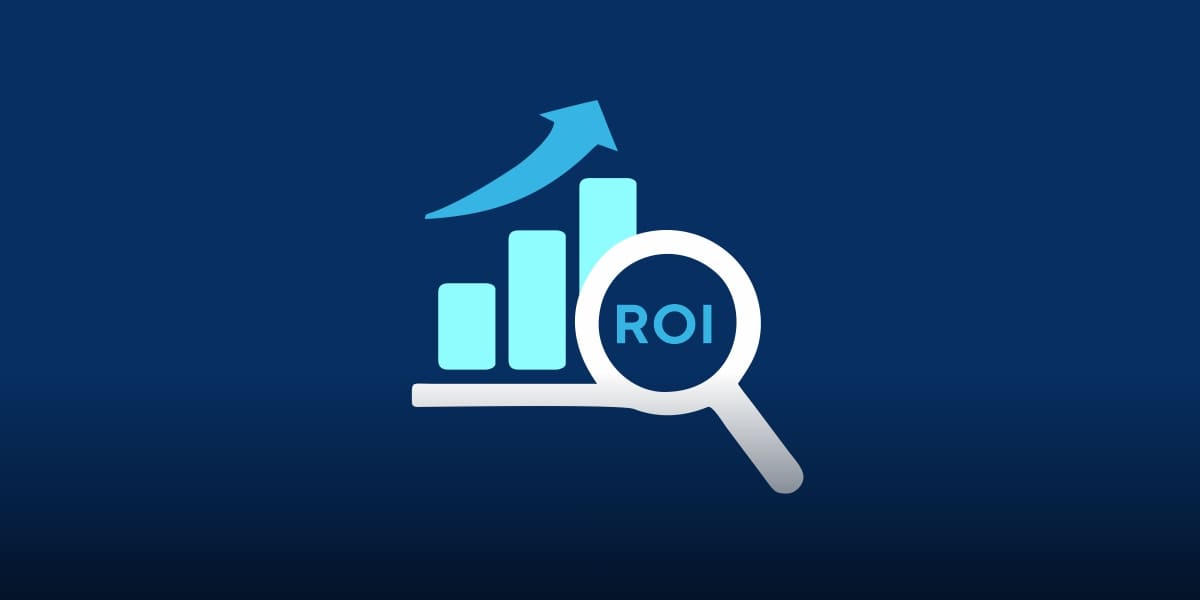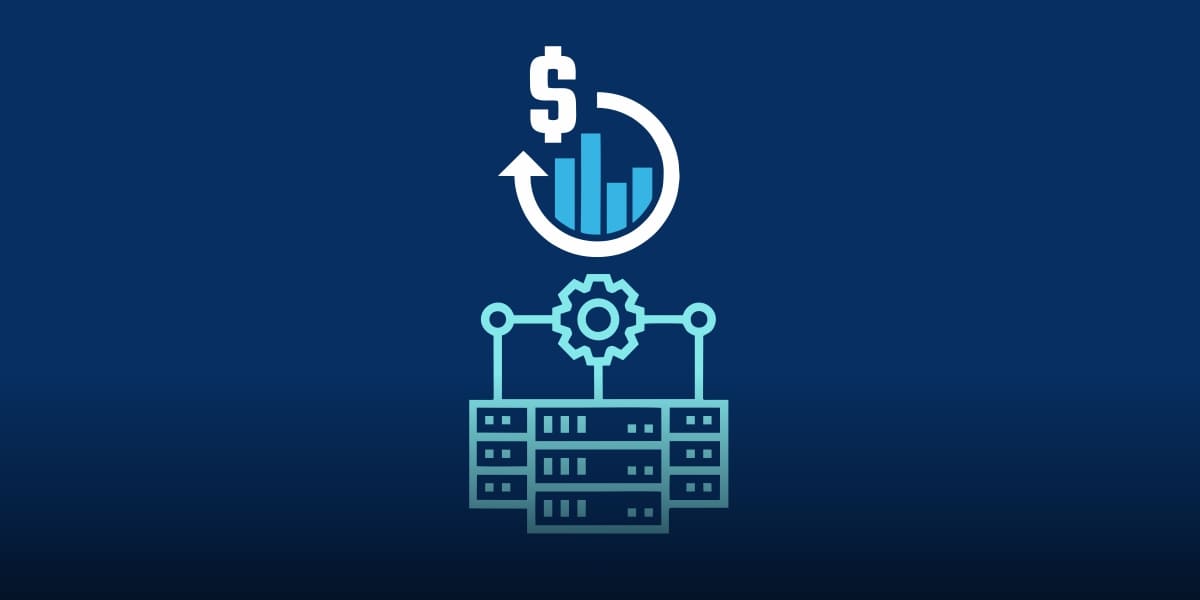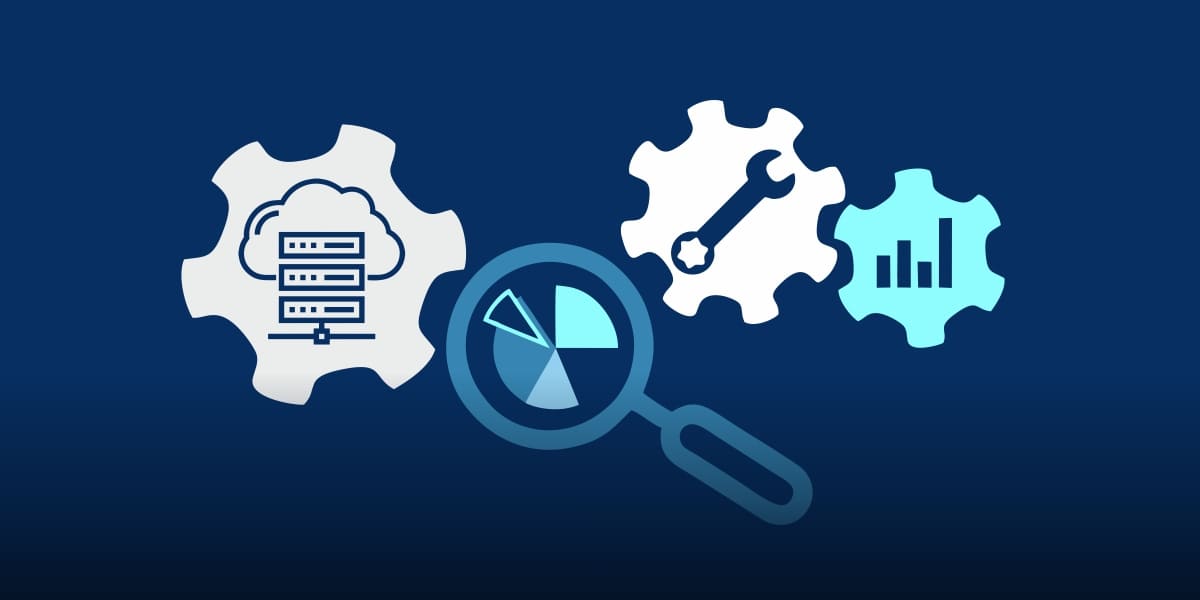There is no argument about the fact that having a robust IT infrastructure is crucial for any business. Having said that, it is also important to understand the cost versus benefit ratio of your IT tools to determine whether they are delivering an adequate return on investment or need further optimization to be more efficient.
This allows businesses to ensure their IT budgeting is on point and they are not under or over resourced when it comes to investing in IT tools. It also enables IT monitoring to keep an eye on overall expenditure and make accurate costing forecasts for future IT projects.
Why it is Important to Measure IT ROI?
It is important for businesses because digital transformation or building IT infrastructure isn’t just about modernization. It is also about improving operational and financial efficiencies of the business by allowing them to deliver better experiences and streamlining a wide variety of their processes. Measuring IT ROI is key because:
- It allows businesses to optimize their existing infrastructure
- It enables organizations to enhance their budgeting for future IT investments
- It also allows businesses to determine the direct impact on revenue of their IT tools
- It puts businesses in a position to allocate adequate resources
- It gives companies a better understanding of non-financial benefits

Without tracking their IT costs with IT monitoring tools, oftentimes businesses overspend their financial resources or end up investing in tools that haven’t been returning great ROI. Moreover, no monitoring also keeps them in the dark about how their IT transformation has directly helped their customers and in-house operations.
What IT ROI Metrics Businesses Should Care About?
Fundamentally, there are three types of metrics that businesses should take into consideration when going for digital transformation or investing in IT tools. Having a handle on these metrics enables businesses to identify whether a certain investment is a financially feasible option or not. These metrics can be split up into three categories:
Cost Impact

These metrics are directly related to the expenditure the business has to incur due to its investment in IT tools. Keeping an eye on the costs is crucially important for every business planning to invest in IT infrastructure. Metrics and KPIs in this category generally include:
- Total cost of IT assets’ ownership
- Total cost of business assets’ ownership
- Business expenditures
- Reduced IT operational costs
Operational Impact
As the term suggests, these metrics involve how the company’s investment in IT tools affects its overall operations and may include both qualitative and quantitative aspects. For instance, investing in IT infrastructure can lead to better scalability of operations for the organization. Metrics in this category include:
- Enhanced ability to scale operations
- Visible improvements in overall productivity
- Enhanced operational efficiency in processes
Strategic Impact
Also called non-financial metrics, these metrics determine how company’s expenditure on IT tools improves the qualitative aspects of the business. These may include improved customer satisfaction and an increase in lifetime customer value. Metrics in this category are unique to every business but may include:
- Improved customer retention and satisfaction
- Enhanced lifetime customer value
- Growth in revenue and leads
- Improved customer acquisition cost
You have to keep in mind that many of these IT ROI metrics will depend on the nature of your business. Your IT department may need to carry out their own homework and research to identify what metrics or KPIs are most relevant to factor in as genuine costs and benefits of IT tools.
How to Measure Your IT ROI?
As discussed above, measuring IT ROI will put your business in a better position to leverage its IT tools and justify subsequent expenditure. That being said, you have to ensure that you measure your IT ROI accurately so it mirrors the real picture of the financial efficiency of your IT tools.

Once you have selected your KPIs or metrics, you will be in a much better position to understand your real costs and benefits. And that’s all you need to measure IT ROI in an accurate manner. It is also recommended that you visualize all the costs and benefits using charts and graphs for enhanced comprehension.
IT ROI = ((Revenue – IT Costs) / IT Costs) x 100)
As a general rule, you would want your ROI to be as high as possible but ensure you have a realistic estimate. If you aren’t sure, try to find out what your competition or businesses in the same industry expect their IT ROI to be. That will give you a sense of a practical benchmark.
How VirtualMetric Helps Businesses in Measuring IT ROI?
When it comes to your IT budget or IT monitoring, it can be quite difficult to define and track KPIs or key performance indicators. This is where organizations can considering IT monitoring tools such as VirtualMetric that enables them to evaluate and analyze the performance of various IT tools.

In the event your business is looking for a detailed report on their IT tools’ performance, VirtualMetric delivers everything from detailed analysis of processor, memory, and network usage to read/write latency, throughput and IOPS usage. The tool also allows you to optimize the performance of your IT tools to improve ROI.
There are a number of reasons why VirtualMetric could be a great addition to your business’s technology stack including visualization of every insight for enhanced comprehension as well as better decision making. Moreover, you can monitor various aspects of your server and IT network performance to improve efficiency including the following:
- Windows Server Performance Monitoring
- Agentless Windows Monitoring
- Windows Event Log Monitoring
- Storage Latency Monitoring
- Monitoring Heatmap
- Support for Windows Versions
Final Word
While it has become increasingly crucial for businesses to go towards digital IT transformation, it has also become necessary for them to track their IT return on investment to ensure they are reaping enough benefit from their expenditure. Having IT monitoring tool like VirtualMetric enables them to track all relevant KPIs and optimize IT performance.



Leave a Reply